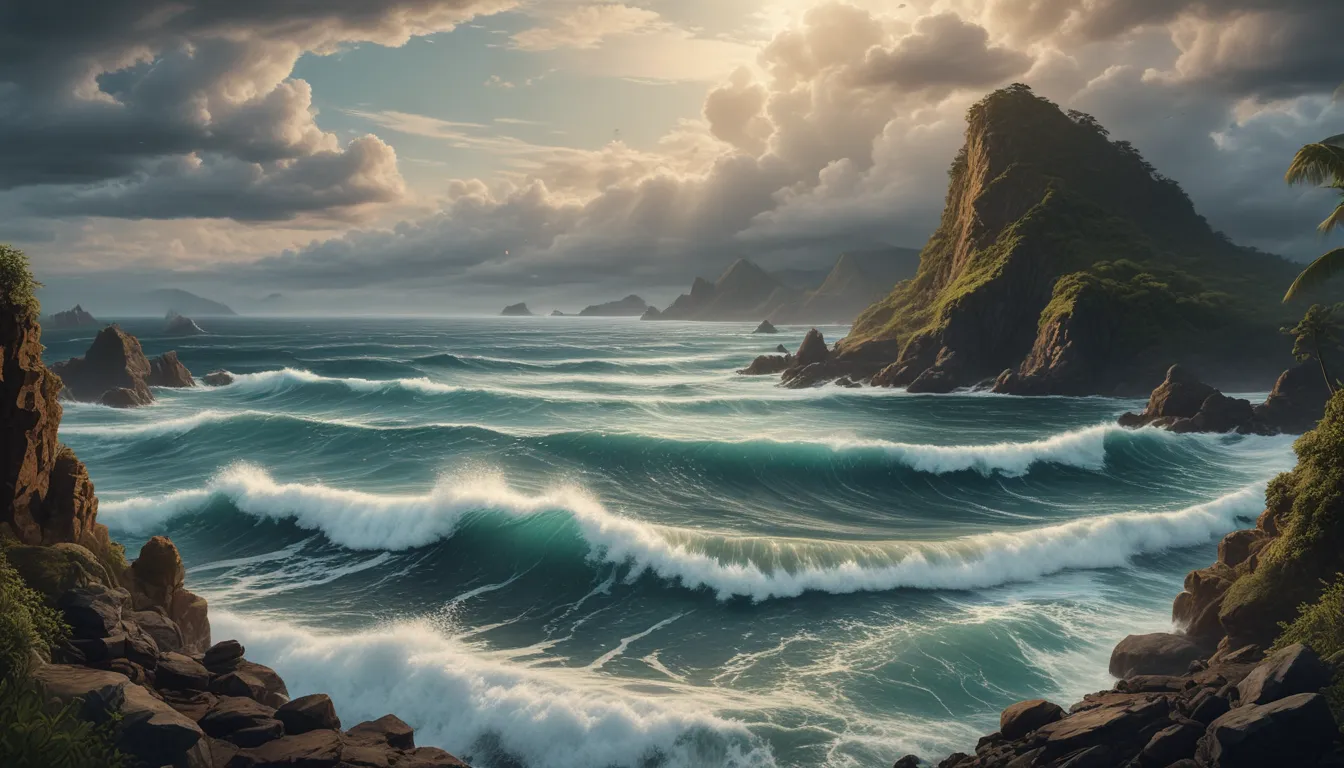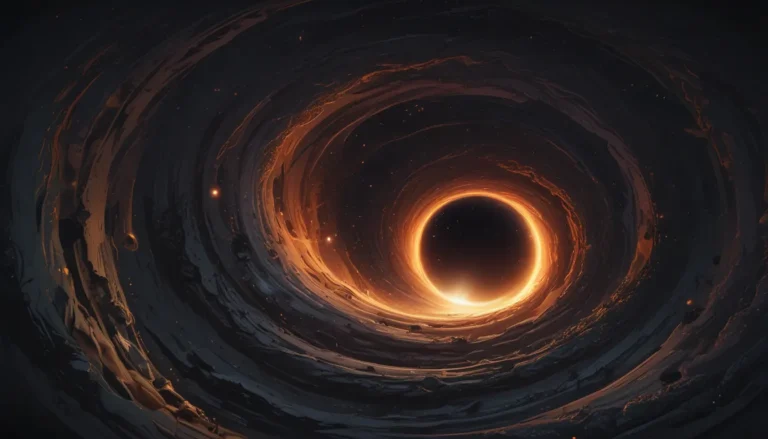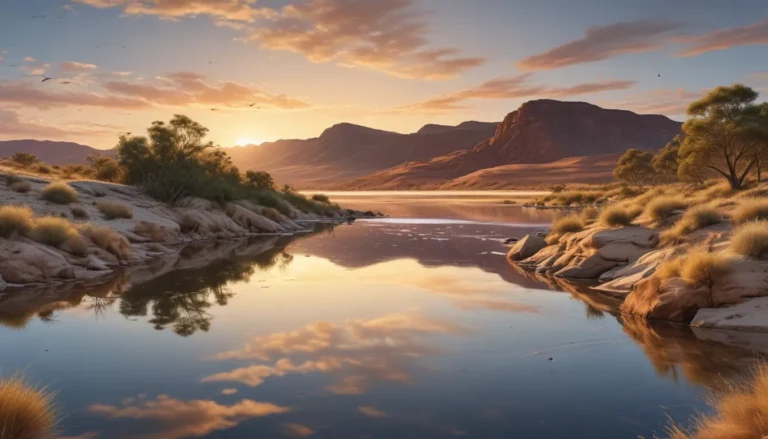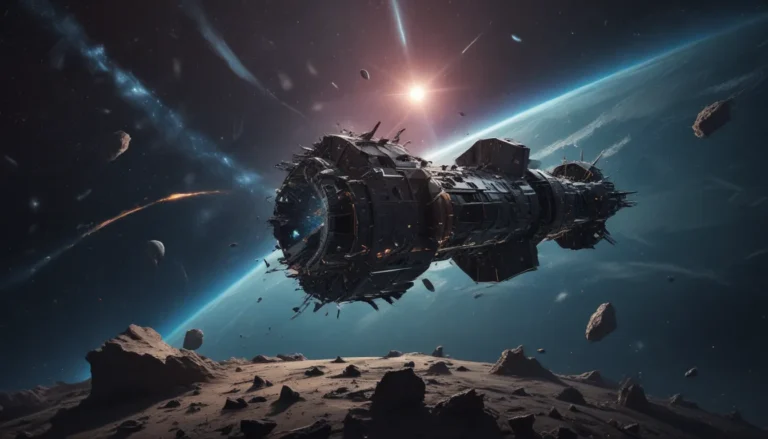The pictures we use in our articles might not show exactly what the words say. We choose these pictures to make you interested in reading more. The pictures work together with the words but don’t take their place. The words still tell you the important facts.
The Pacific Ocean, known as the "Mighty Pacific," is a vast and mysterious expanse that covers more than a third of the Earth's surface. In this article, we will dive into nine astounding facts about the Pacific Ocean that showcase its sheer magnitude and unexplored depths. From its diverse marine life to its record-breaking features, the Pacific Ocean continues to amaze scientists, explorers, and nature enthusiasts worldwide.
The Pacific Ocean: A World of Wonder
The Pacific Ocean is an awe-inspiring body of water that plays a vital role in shaping our planet's ecosystem. Here are some fascinating facts about this remarkable ocean:
1. The Largest Body of Water on Earth
Spanning over 63 million square miles, the Pacific Ocean holds the title of being the largest ocean on Earth. Its vast expanse stretches from the Arctic in the north to the Southern Ocean in the south, bordering several continents, including Asia, Australia, North America, and South America.
2. Home to the Mariana Trench: The Deepest Point on Earth
Located in the western Pacific, the Mariana Trench is the deepest point on Earth, reaching a staggering depth of 36,070 feet (10,972 meters). This incredible trench is deeper than Mount Everest is tall, showcasing the extreme depths of the Pacific Ocean.
3. A Haven for Over 25,000 Islands
The Pacific Ocean is dotted with more than 25,000 islands, ranging from iconic destinations like Hawaii and Tahiti to remote and uninhabited atolls. These islands offer unique ecosystems, stunning landscapes, and diverse cultures waiting to be explored.
4. The Magnificent Great Barrier Reef
Situated off the coast of Australia, the Great Barrier Reef in the Pacific Ocean is one of the world's most famous natural wonders. Stretching for over 1,400 miles (2,300 kilometers), this sprawling coral reef system teems with a vibrant array of marine life.
5. Home to the Longest Mountain Range: Mid-Oceanic Ridge
The Pacific Ocean is home to the Mid-Oceanic Ridge, the longest mountain range in the world, spanning approximately 40,389 miles (65,000 kilometers). This underwater mountain chain is a result of tectonic plate movements within the Pacific Ocean.
6. The Pacific Ring of Fire: High Seismic Activity Zone
The Pacific Ocean is known for the Pacific Ring of Fire, an area characterized by frequent earthquakes and volcanic eruptions. This horseshoe-shaped ring surrounds the ocean and encompasses several tectonic plate boundaries, making it a hotbed of geological activity.
7. Diverse Range of Marine Life
Teeming with fascinating marine species, the Pacific Ocean is home to majestic whales, playful dolphins, colorful coral reefs, and exotic fish. Conservation efforts are crucial to protect the ocean's biodiversity and preserve its vital habitat for endangered species.
8. Influencer of Global Weather Patterns
The Pacific Ocean plays a significant role in regulating global climate by impacting weather patterns worldwide. Its currents and temperature variations influence phenomena like the El Niño and La Niña events, affecting rainfall distribution and temperatures.
9. Rich Cultural Heritage
For centuries, the Pacific Ocean has been a source of livelihood, inspiration, and cultural significance for indigenous communities along its shores. These communities have deep connections to the ocean, weaving ancient traditions and sustainable practices into their way of life.
Unlocking the Mysteries of the Pacific Ocean
These nine astounding facts about the Pacific Ocean only scratch the surface of its vast wonders. From its immense size to its diverse ecosystems and cultural significance, the Pacific Ocean is a true marvel of our planet. Exploring its depths and understanding its ecosystems are essential for preserving its beauty and ensuring the sustainability of our planet.
Conclusion: Embracing the Majesty of the Pacific Ocean
In conclusion, the Pacific Ocean remains a remarkable and awe-inspiring body of water that deserves our admiration and protection. From its breathtaking landscapes to its crucial role in global climate regulation, the Pacific Ocean offers us a glimpse into the wonders of the natural world. The next time you gaze at the horizon, remember the incredible facts about the Pacific Ocean that make it truly one of a kind.
FAQs: Exploring Further
- How big is the Pacific Ocean?
-
The Pacific Ocean covers approximately 63 million square miles, making it the largest ocean on Earth.
-
What unique creatures can be found in the Pacific Ocean?
-
The Pacific Ocean is home to a wide range of marine species, including humpback whales, sea turtles, dolphins, and the magnificent blue whale.
-
Are there volcanoes in the Pacific Ocean?
-
Yes, the Pacific Ocean is home to the "Ring of Fire," an area known for intense volcanic activity and the formation of many islands.
-
Is swimming safe in the Pacific Ocean?
-
Swimming and water activities are enjoyed by many in the Pacific Ocean, but caution should be exercised due to tides, currents, and potential hazards.
-
How deep is the Pacific Ocean?
-
The Mariana Trench, located in the Pacific Ocean, reaches a depth of approximately 36,070 feet, making it the deepest part of any ocean.
-
What causes the strong currents in the Pacific Ocean?
-
Factors such as wind patterns, Earth's rotation, and water temperature differences contribute to the strong currents that distribute heat, nutrients, and marine life globally.
-
Is pollution a concern for the Pacific Ocean?
-
Yes, pollution poses a significant threat to the Pacific Ocean, with plastic waste, oil spills, and chemical pollutants endangering its marine ecosystems and diverse species.
-
Are there famous landmarks in the Pacific Ocean?
-
Iconic landmarks such as the Great Barrier Reef, the Galapagos Islands, and Hawaii's volcanic islands are located in the Pacific Ocean, attracting tourists with their stunning beauty and unique biodiversity.
-
How does the Pacific Ocean impact the Earth's climate?
- The Pacific Ocean influences global climate through phenomena like El Niño and La Niña, affecting weather patterns, rainfall distribution, and temperatures worldwide.
Enhancing Understanding and Appreciation
The Pacific Ocean stands as a testament to the vast wonders of our planet, offering a glimpse into the beauty and complexity of our natural world. With its incredible biodiversity, rich cultural heritage, and pivotal role in global climate regulation, the Pacific Ocean invites us to explore, learn, and cherish its marvels. Let's continue to appreciate and protect this awe-inspiring body of water for generations to come.






